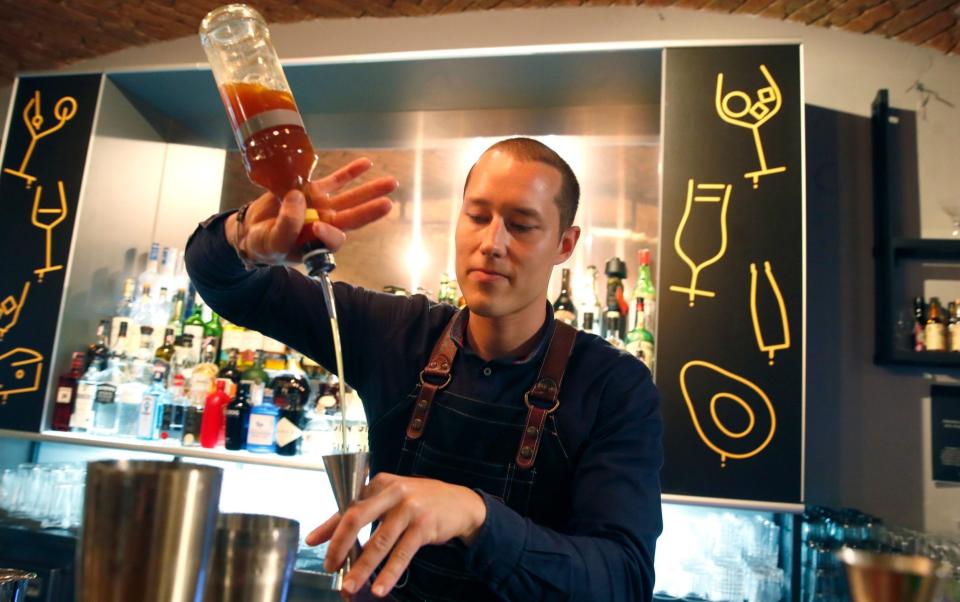Lowest earners close gap on middle class after minimum wage leaps

The pay gap between Britain’s middle class and low earners has shrunk to its lowest level on record after significant jumps in the minimum wage, analysis has revealed.
The pay-per-hour difference between workers on the lowest rates and those in the middle has narrowed the most since at least the mid-1970s, according to the Resolution Foundation.
Big rises in the minimum wage mean that the average worker makes only 1.5 times as much as someone in the lowest-paid tenth of all employees.
The gap was at its widest in the mid-1990s, when middle earners made 1.8 times more per hour than those on the lowest wages.
The decline comes after a record cash uplift to the National Living Wage in April when it rose by 9.8pc to £11.44 an hour.
Such leaps have brought down the difference in pay between low and middle earners, according to Nye Cominetti from the Resolution Foundation.
He said: “It has really been a story of the minimum wage. In the early 2000s we had a minimum wage that was quite cautious, it didn’t go up particularly high and so the gap stabilised.
“But in the last 10 years or so the Conservatives have had really ambitious minimum wage policies and that is what brought the gap down.”
Workers under 21 can currently be paid less than minimum wage and Labour has pledged to create a “genuine” living wage for all workers regardless of age if elected, which could result in further large rises.
However, the think tank warned this could result in greater unemployment for younger workers, given the increased cost of employing them.
Mr Cominetti said: “There are risks and therefore this kind of change should be handled carefully.”
Over the past decade, there have been large pay increases for many low-paid occupations. Wages for bar staff rose by 26pc while cleaners and shop assistants were given boosts of 20pc in real terms from 2011 to 2023.
Salary cuts for higher-paying jobs
Meanwhile, the median hourly pay grew by only 1.9pc and many higher-paying jobs have suffered big pay cuts.
The average doctor’s hourly pay fell by 30pc in real terms during that time.
This has meant that the pay gap between the highest earners and those in the middle has also narrowed significantly.
It is now at the lowest level since the early 1990s, with high earners making around two times more an hour than those in the middle.
The analysis also highlighted that poor growth means the average worker is paid only £16 more a week today than they were in 2010 when adjusting for inflation.
In contrast, weekly wages rose by £145 in the 14 years prior.
The Resolution Foundation said this was an “unprecedented pay squeeze” and was the most striking legacy of the past decade and a half.
Had British workers enjoyed the same pay growth as those in the US or Germany they would on average be making £3,600 more a year today. It also noted that where the UK did well before Covid was in boosting the number of people in work.
However, a third of this jobs growth has been lost over the pandemic and the cost of living crisis, the Resolution Foundation said.
If the rise in the employment rate had kept up with the pre-Covid trend, there would be nearly two million more people in work, it found.

 Yahoo Finance
Yahoo Finance 